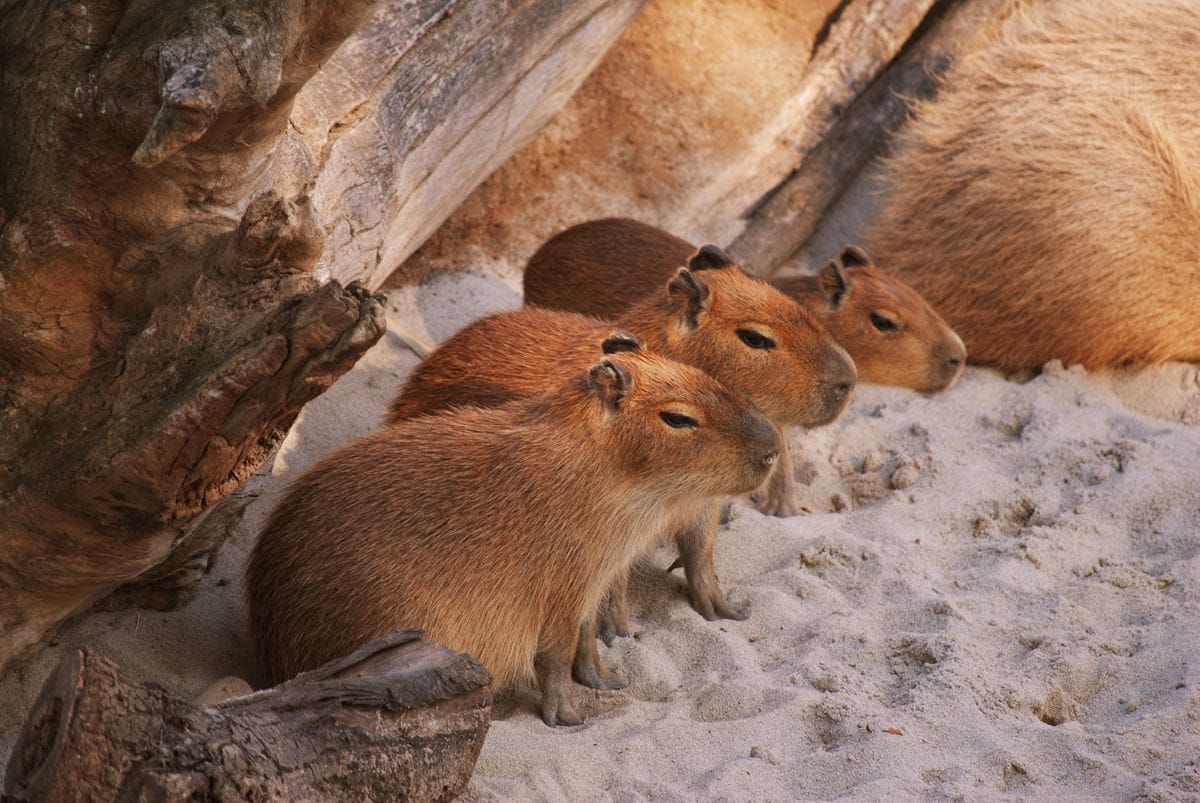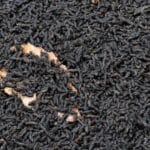While it might seem strange, capybara poop provides a fascinating glimpse into the lives of these giant rodents and their vital role in the ecosystem. These droppings, resembling olive-sized pellets, often stick together, hinting at the capybaras’ social nature.
The Intriguing Digestive System of Capybaras
Capybaras are strict herbivores, spending their days grazing on grasses and aquatic plants. Their unique digestive system employs a process called cecotrophy – they produce nutrient-rich droppings that they reingest for maximum nutrient absorption. While it might seem unappealing to us, this practice is essential for breaking down tough plant material and is thought to strengthen social bonds within capybara groups.
The Mystery Behind Their Bathroom Habits
Capybaras often defecate in water, which scientists believe helps to mask their scent from predators and mark their territory. This frequent defecation plays a crucial role in their watery habitat, as their nutrient-rich poop acts as a natural fertilizer, contributing to a healthy ecosystem.
Capybara Poop: More Than Just Waste
The appearance and smell of capybara poop can provide insights into their health. Scientists are also exploring the potential of capybara droppings as a fertilizer due to their high nutrient content. This fascinating aspect of capybaras highlights the interconnectedness of nature and the unexpected ways these creatures impact their environment.
Do Capybaras Use Litter Boxes? Unpacking the Truth About Capybara Poop
Unlike our feline friends, capybaras don’t instinctively understand or use litter boxes. Their natural instincts drive them to defecate in open spaces, often near water, a behavior rooted in their wild origins where their habitat includes rivers, lakes, and swamps.
While full-on litter box training is unlikely, providing a designated outdoor space might help manage their bathroom habits to some extent. However, consistency and starting young are key.
Ultimately, understanding and respecting a capybara’s natural instincts is crucial for any owner. Embracing their unique quirks, including their open-air bathroom habits, is part of sharing your life with these charming creatures.
Is Capybara Meat or Fish?
Despite their love for water, capybaras are not fish. They are the world’s largest rodents, more closely related to guinea pigs than any aquatic creature. Many people describe the taste of capybara meat as similar to pork or chicken, which makes sense considering their herbivorous diet.
Capybara Diseases: Unveiling Potential Health Risks
While generally considered gentle giants, capybaras, like all animals, can carry diseases that could potentially harm humans and other animals.
Zoonotic Diseases (transmissible to humans):
- Parasites: Plagiorchis muris and Neobalantidum coli (found in feces)
- Viruses: Vaccinia virus (VACV) – causes a mild skin infection in humans (found in feces)
Other Diseases (primarily affecting capybaras):
- Rabies
- Canine Distemper Virus
- Salmonella
- Tuberculosis
- Hemoparasites (blood parasites)
- Gut Parasites
- Respiratory Diseases
Transmission Routes:
- Bites: Direct transmission of rabies, bacterial infections, etc.
- Fecal Contamination: Contact with infected feces can spread parasites and viruses.
Risk Factors:
- Wild Capybaras: Greater exposure to a wider range of pathogens.
- Captive Capybaras: Regular veterinary care, proper hygiene, and quarantine are vital to prevent disease spread.
- Increased Human-Capybara Interaction: Urbanization brings capybaras and humans into closer contact, increasing the risk of disease transmission.
Protective Measures:
- Avoid Bites: Do not approach or corner capybaras, especially in the wild.
- Practice Good Hygiene: Wash hands thoroughly after any potential contact with capybaras or their environment. Seek immediate medical attention if bitten.
- Regular Veterinary Care: Essential for captive capybaras to ensure their health and prevent the spread of diseases.
People’s Statements:
- Emilio A. Herrera (personal communication): “[Capybaras] appear to be largely resistant to [parasite] effects and show few signs of ill-health.”
It’s important to remember that capybaras, while generally gentle, can carry diseases. Vaccinia virus, various parasites, and even rabies are potential concerns. Transmission occurs primarily through bites and contact with their droppings. By understanding the risks and taking precautions, we can appreciate these fascinating creatures while safeguarding our health and the health of our pets.
Interested in other unique animals? Learn about bushbabies for sale or discover fascinating facts about axolotls and whether can axolotls go on land.
- Mastering Leader in Spanish: The Complete Guide - April 19, 2025
- Uncovering Surprising Parallels: England Size Compared to US States - April 19, 2025
- Old Mexico Map: Border Shifts 1821-1857 - April 19, 2025

















2 thoughts on “Capybara Poop: Unraveling the Mysteries Hidden in Their Droppings”
Comments are closed.